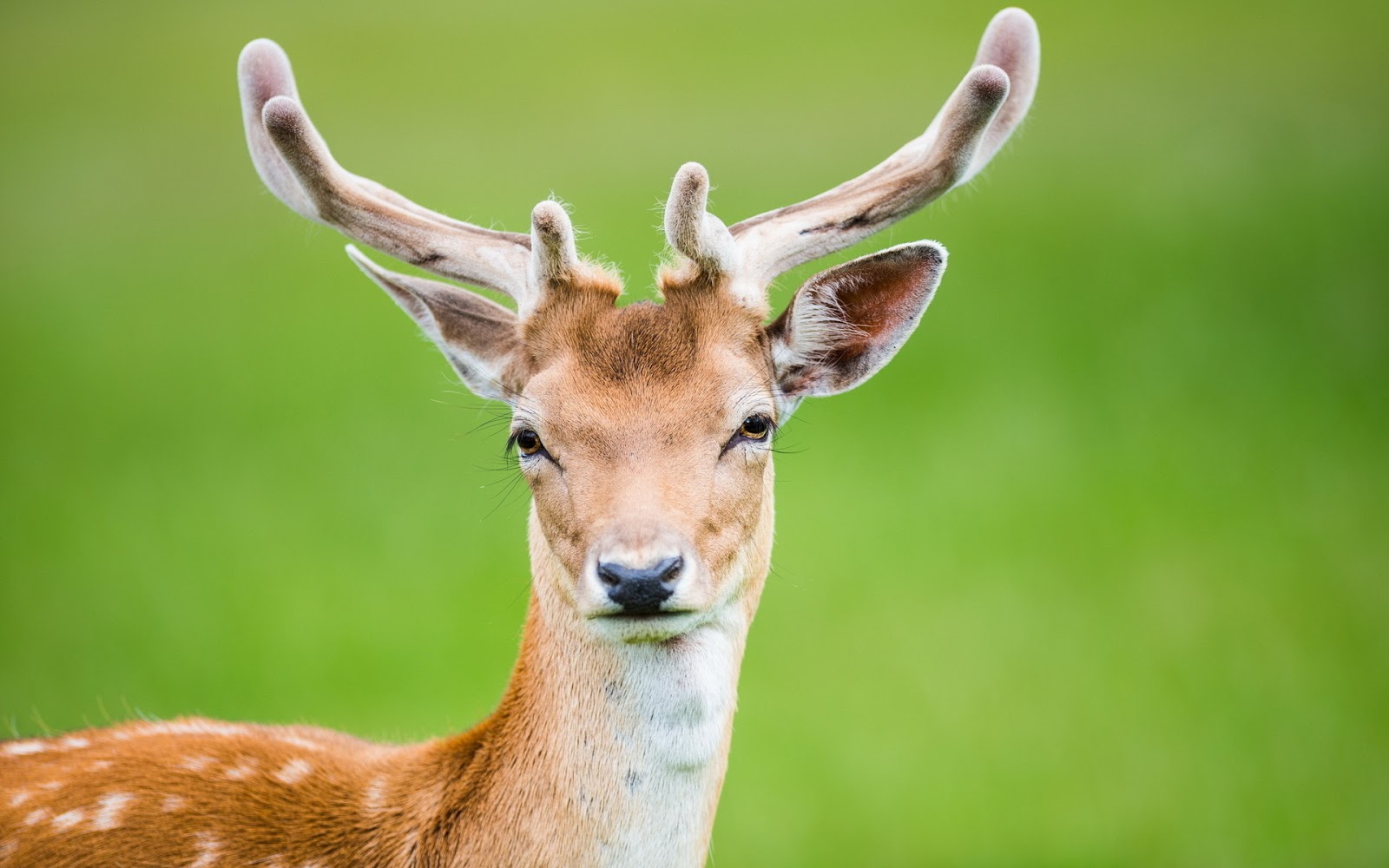.jpeg)
The Natural Beauty of Deer
Deer, commonly known as "Deer Pretty," are one of the most beautiful creatures found in the wild. With their graceful appearance and majestic antlers, they capture the hearts of nature enthusiasts worldwide. These gentle herbivores can be found in various ecosystems, ranging from forests to grasslands, and their presence adds a touch of elegance to any landscape.
The Diversity of Deer Species
There are around 90 known species of deer, each with its unique characteristics and habitats. Some of the most popular species include Red Deer, Fallow Deer, Roe Deer, and White-Tailed Deer. Each species differs in terms of size, coloration, and antler structure, making them fascinating subjects to study and observe.
The Magnificent Antlers

One of the distinguishing features of male deer is their impressive antlers. These bony structures are shed and regrown annually, reaching their maximum size during the mating season. Antlers serve multiple purposes, including attracting mates and establishing dominance within a herd. The intricate patterns and grandeur of antlers make them a symbol of strength and beauty.
Deer Behavior and Social Life
Deer are social animals and can be found in herds or smaller groups depending on the species and season. Within a herd, there is usually a dominant male known as a "stag" or "buck" and several females, known as "does." During the mating season, bucks engage in fierce battles to establish dominance and secure mating rights. This behavior is commonly known as "rutting."
The Diet of Deer
.jpeg)
Deer are primarily herbivores, feeding on a variety of plants, leaves, fruits, and grasses. Their digestive system is uniquely adapted to break down the cellulose found in plant matter. This allows them to extract nutrients from their diet efficiently. However, during harsh winters when food is scarce, deer can resort to browsing on twigs and bark to survive.
Deer Predators and Survival
Although deer possess grace and beauty, they are not exempt from the dangers of the wild. They face natural predators such as wolves, bears, and big cats. Their survival instincts and agility play a crucial role in avoiding these threats. In addition to natural predators, human activities, such as hunting and habitat destruction, pose significant challenges to the deer population.
Deer in Mythology and Symbolism

Throughout history, deer have held symbolic significance in various cultures. They have been associated with traits like grace, purity, and spirituality. In many folklore and myths, deer are often portrayed as messengers between the human world and the divine. Their presence is believed to bring good fortune, and they serve as a reminder of the delicate balance between humans and nature.
Conservation Efforts for Deer
Recognizing the importance of preserving these majestic creatures, numerous conservation efforts have been initiated worldwide. These efforts aim to protect deer habitats, regulate hunting practices, and raise awareness about the significance of biodiversity conservation. By supporting these initiatives, we can help ensure the survival of deer species for future generations to admire and appreciate.
Conclusion
Deer Pretty, with their natural beauty and elegance, enchant us with their presence in the wild. Their majestic antlers, diverse species, and graceful behavior make them captivating subjects of study and admiration. However, it is essential to remember that they are part of a delicate ecosystem and face numerous threats. By appreciating and conserving these magnificent creatures, we can contribute to their preservation for generations to come.